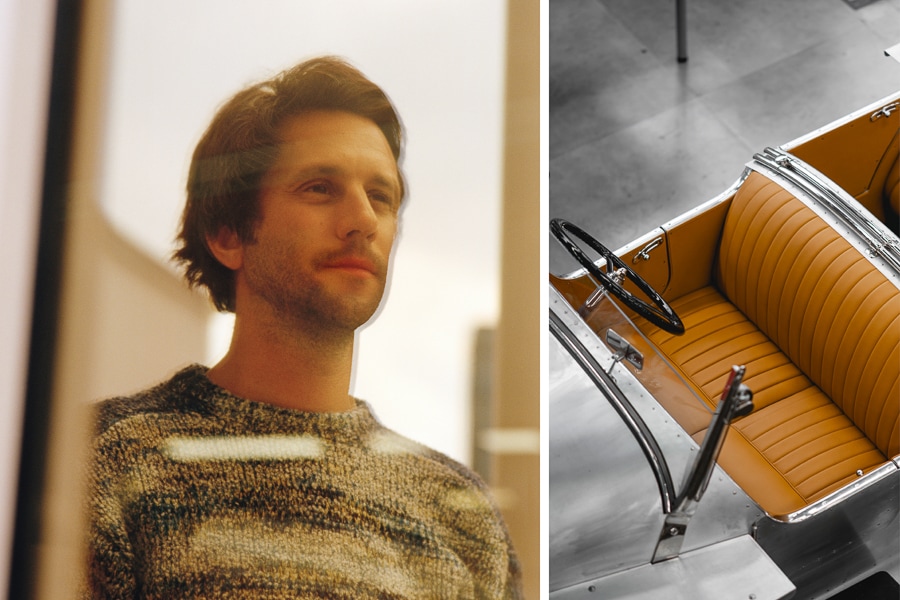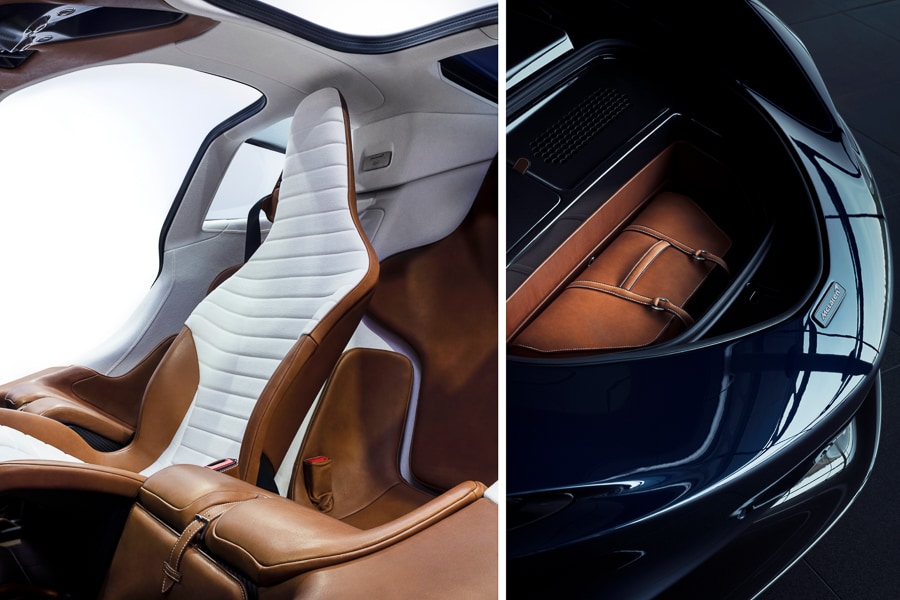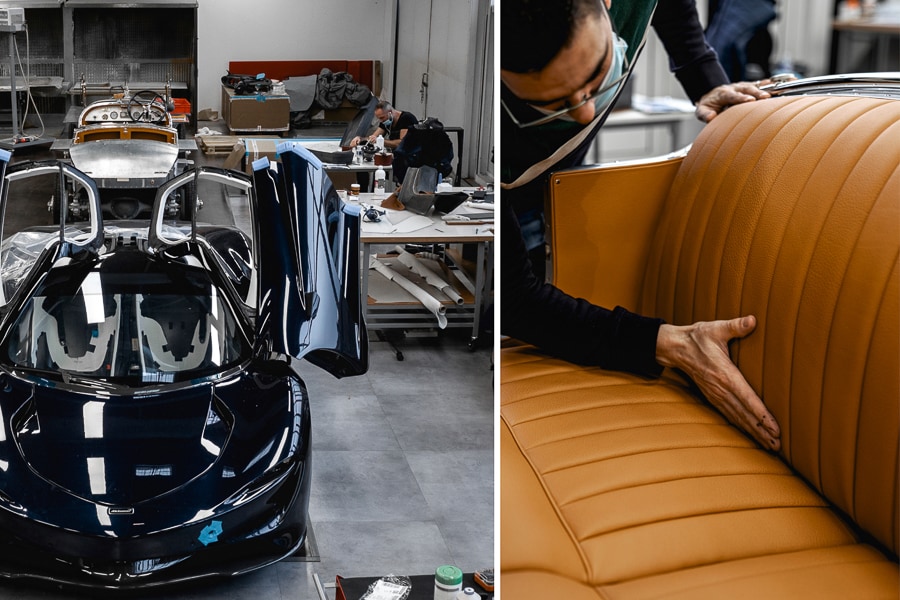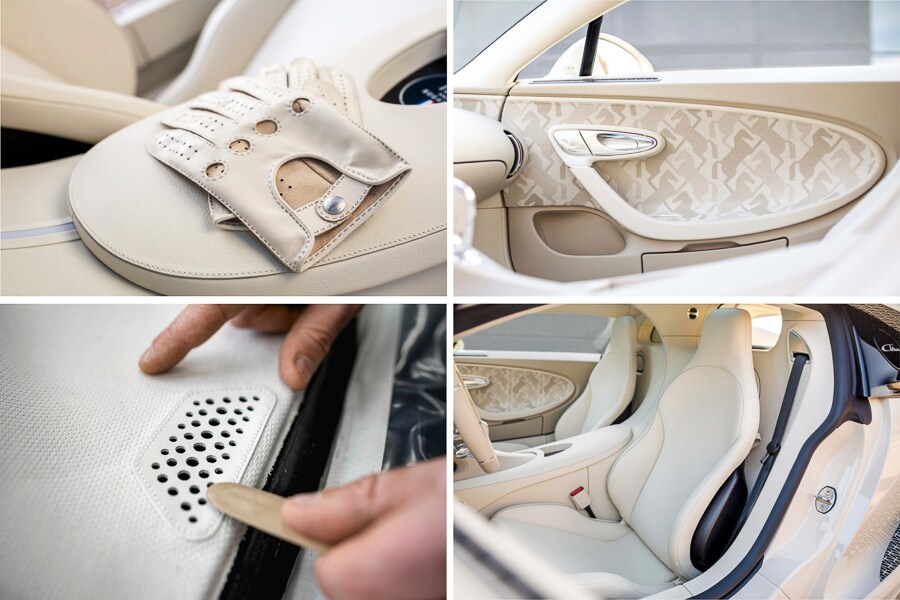
Fine Bespoke: How Hermès Sur-Mesure adds the brand's touch to cars, boats and planes
Customisation is a legacy at Hermès. From creating special shades to adding functional beauty, Axel de Beaufort, design director of Hermès Sur-Mesure, speaks about what goes into creating prized, one-of-a-kind objects
 (Left) Axel de Beaufort, design director of Hermès bespoke and special orders division. Image: Alexis Armanet; (Right) For a 1920 Voisin, the studio created a water-proof leather for the open car. Image: Maxime Horlaville
(Left) Axel de Beaufort, design director of Hermès bespoke and special orders division. Image: Alexis Armanet; (Right) For a 1920 Voisin, the studio created a water-proof leather for the open car. Image: Maxime Horlaville
Last winter, an American automotive collector and real estate mogul shipped off his new McLaren Speedtail to Hermès bespoke studio Hermès Sur-Mesure. The studio, in Pantin, Paris, is where everything right from boxing gloves and bags, to snooker tables, trunks, cars and jets are customised with the world’s finest materials.
High-net-worth individuals and collectors from around the globe have for long been sending their prized possessions to Hermès Sur-Mesure for customisation, and fulfil their desire to own objects that stand out and are one-of-a-kind.
The collector had earlier gotten his $2.5 million Pagani Huayra and a $3 million Bugatti Chiron customised by Hermès, and had a similar plan for his $2.5 million hybrid-powered, super-aerodynamic, three-seat Speedtail.
The Pagani has a Hermès gear shifter knob and the car’s seats and interiors are all covered in Hermès leather. The Bugatti Chiron has Hermès’ Craie shade, the highly coveted ‘chalk’ or off-white colour.
For his latest, the collector wanted the trademark Hermès orange leather for the interiors. But when Axel de Beaufort, design director of Hermès bespoke and special orders division, saw the blue McLaren, he decided to create a special shade for the Idro calfskin leather.




















